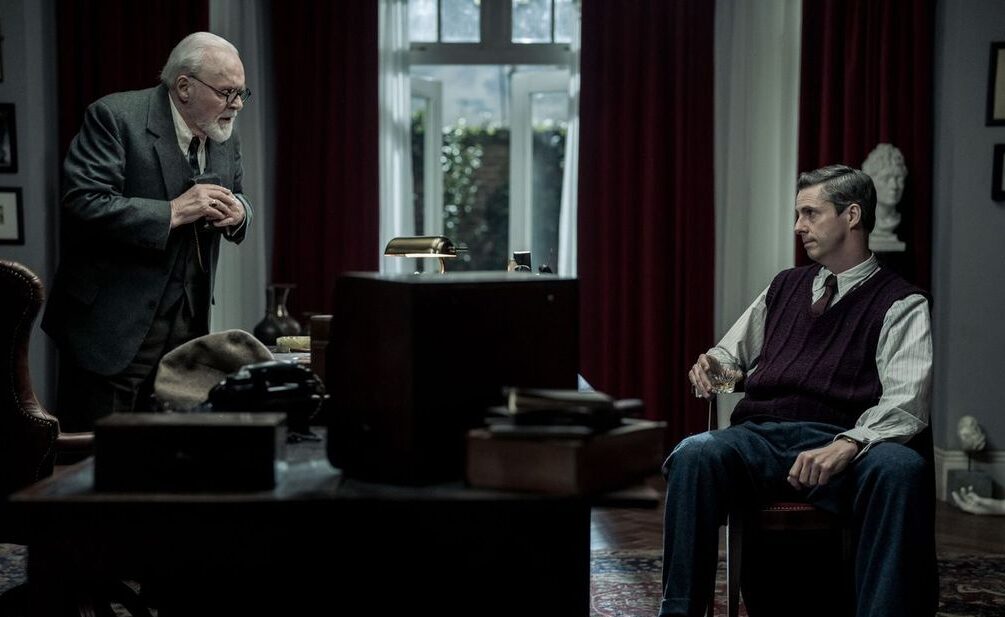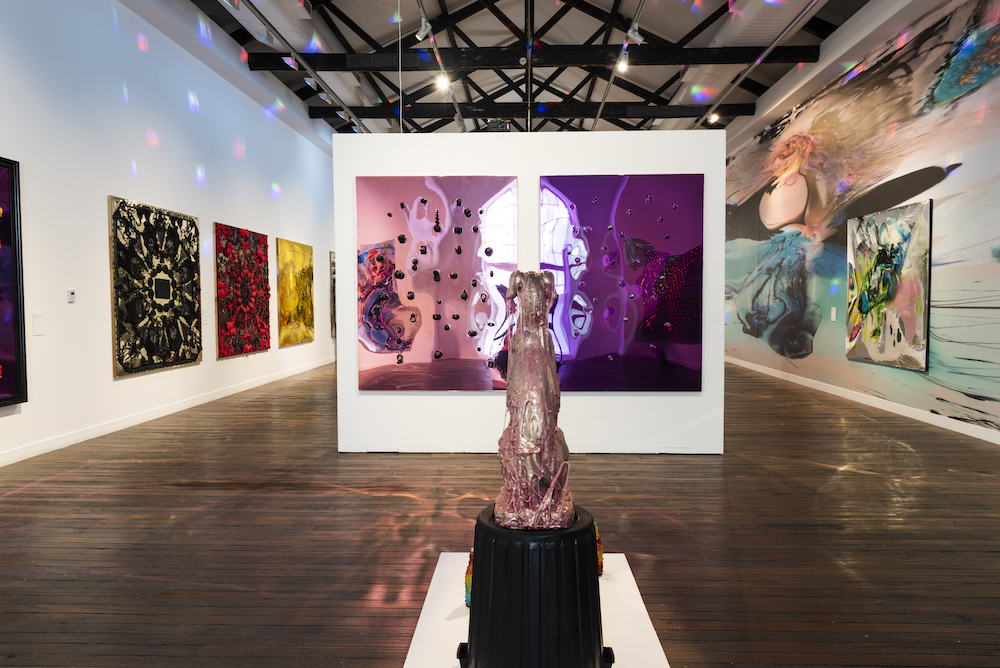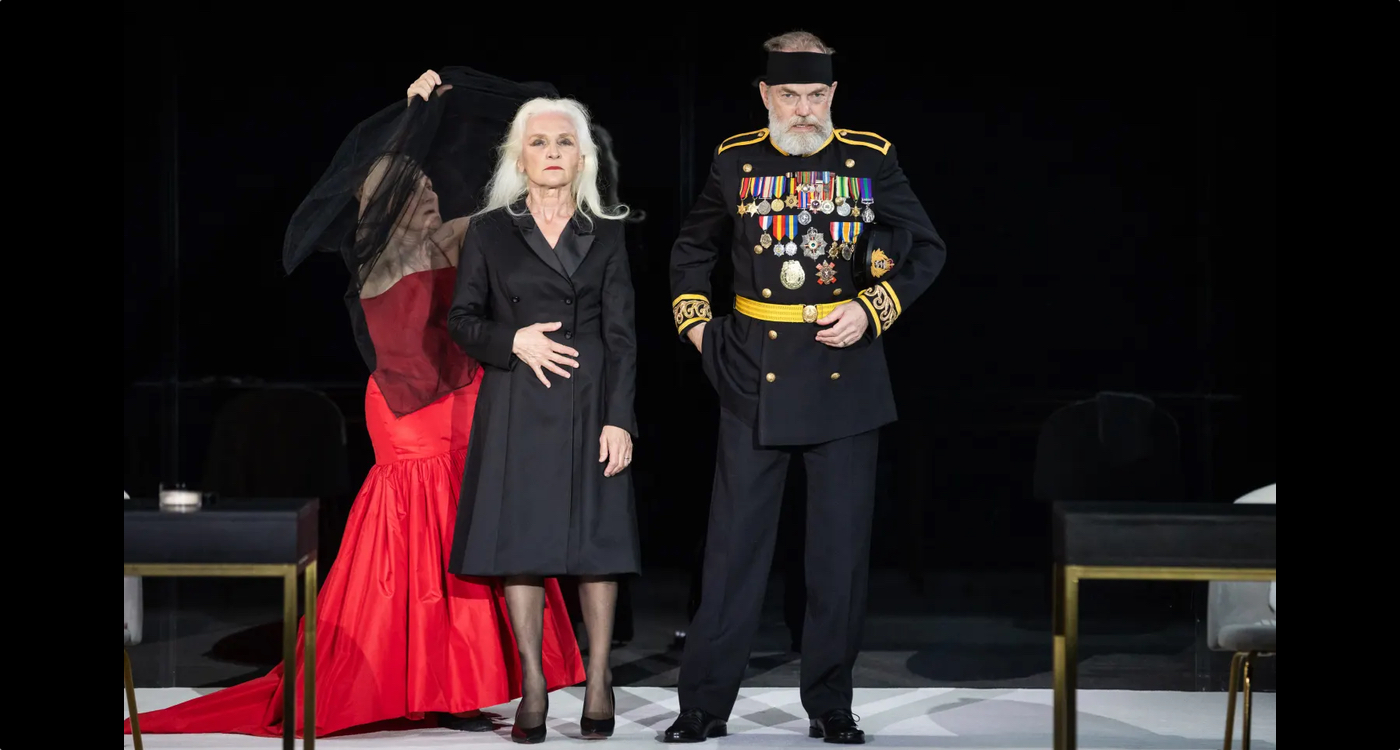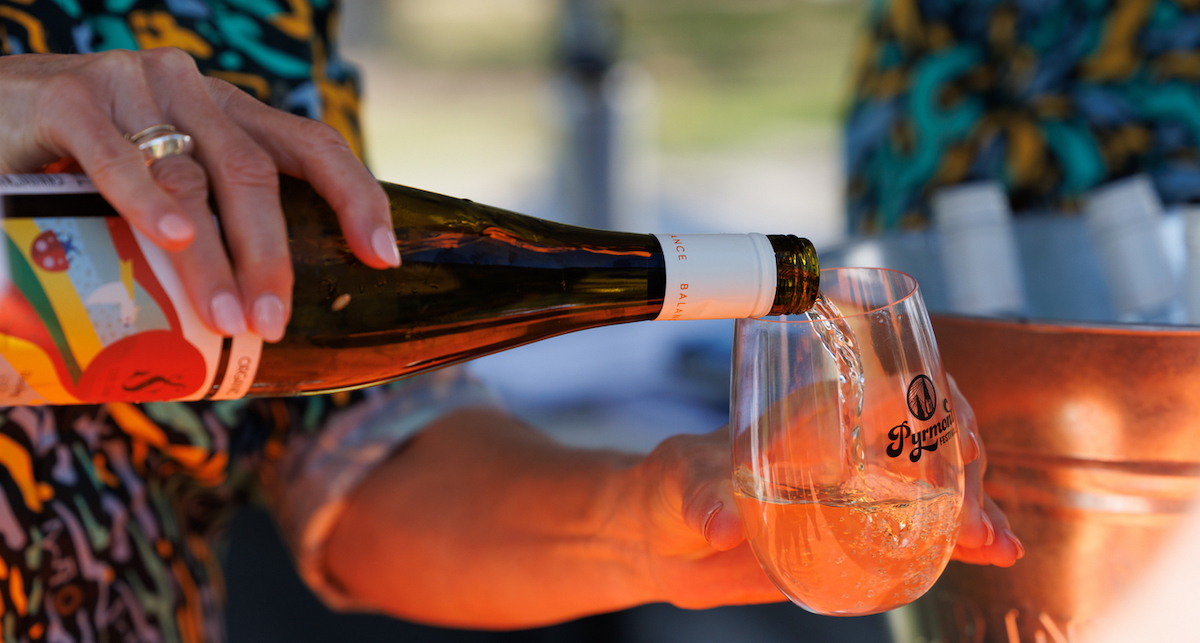
The Lost Leonardo dives into the art world’s seedy underbelly
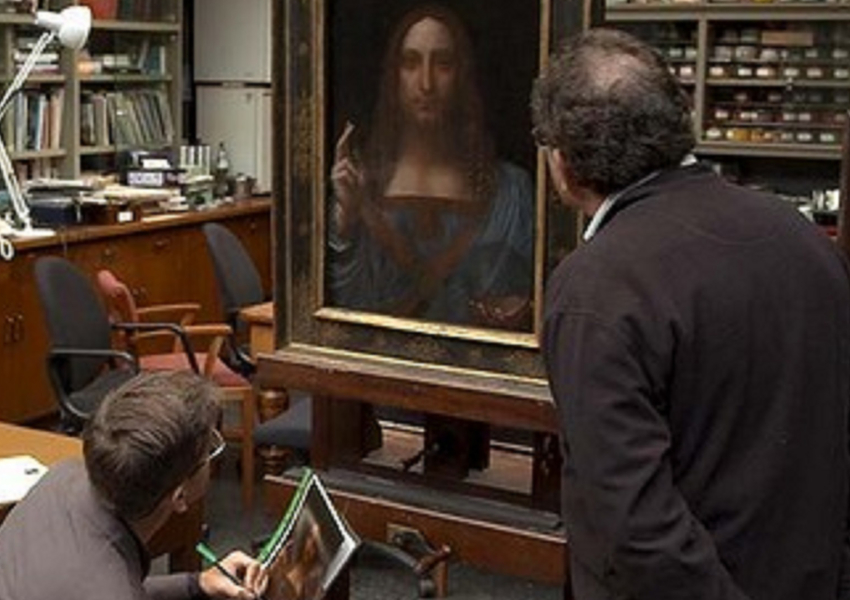
BY PATRICK MCKENZIE
Less a film about art history and more a high-stakes thriller, The Lost Leonardo is danish documentarian Andreas Koefoed’s compelling exhibition of the rediscovery, restoration, and subsequent art world furore surrounding Salvator Mundi – the most expensive painting ever sold.
Salvator Mundi depicts Jesus raising one hand while holding a translucent orb in the other, but the appearance of the image itself, beyond some insight into its painstaking restoration after being discovered in a New Orleans auction house, is perhaps the least important thing in the film.
The painting, whose attribution to Leonardo da Vinci has been – and continues to be – heavily disputed, is instead presented as something of a mirror held against the sycophantic museum curators, sneaky art dealers, and cynical art critics who cast praise, opinions, and a great deal of aspersions on it as its value controversially skyrockets across successive auctions.
Suitable measures of dramatic flare brought by heated interviews shot head on with experts of all stripes as well as re-enactments to complement them – which only occasionally come off as corny – keep the intrigue going throughout the snappy hour-and-a-half runtime.
The Lost Leonardo serves best as a 101 in the shady grey area between human greed and artistic provenance that clouds the world of buying and selling High Renaissance masterpieces. As such Koefoed does well to show that a painting is never just a painting.
It is social capital, a clandestine asset kept from the public eye in offshore tax havens, and, in the hands of now-owner Saudi Arabian prince Mohammad Bin Salman, a political bargaining chip whose whereabouts are, once again and very ironically, currently unknown.
★★★ ½





